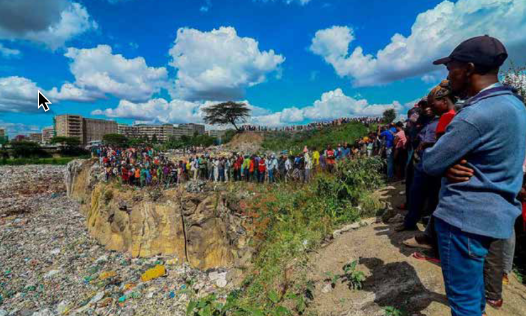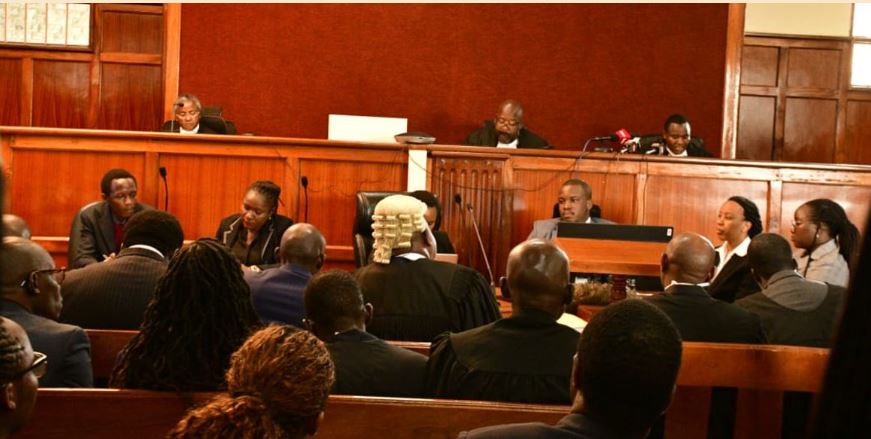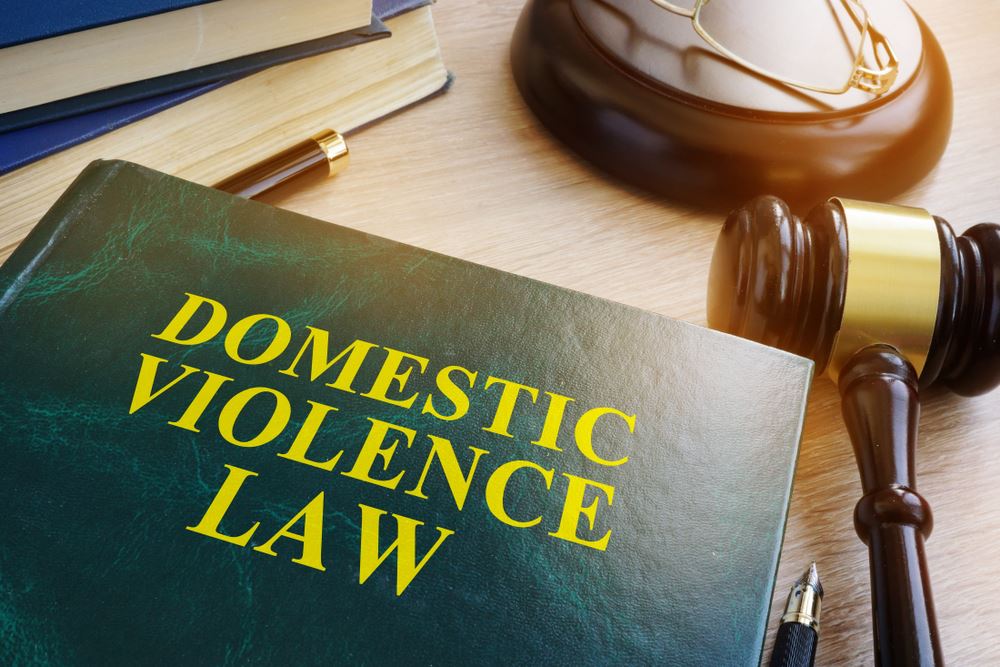Beyond the certificate: Why AI's synthetic realities demand a new evidentiary frontier in Kenya
by admin on | 2025-10-02 12:12:43
Share: Facebook | Twitter | Whatsapp | Linkedin Visits: 728
The legal landscape is undergoing a significant transformation due to the unrelenting integration of Artificial Intelligence (AI) into every aspect of contemporary life. The fundamental theories of evidence law, such as relevance, authenticity, and reliability, are facing an unprecedented \"crisis of epistemology\" as AI systems get more complex and adept at creating or modifying information with startling realism. While the appellant\'s arguments in Oimeke v. Republic [2023] about the need for additional certifications for electronic information demonstrate that Kenyan courts have been debating the admissibility of electronic evidence for years, this paper argues that digital artifacts created or modulated by artificial intelligence require a qualitatively different and more stringent evidentiary test than traditional digital evidence.2 The contention is not that the Oimeke court erred in its particular decision regarding traditional electronic evidence, but rather that its standard—which is based on Section 106B of the Evidence Act—is essentially insufficient for the particular difficulties presented by AI\'s \"synthetic realities,\" requiring \"extra certifications\" that are specific to the vulnerability, complexity, and opacities of AI. The familiar ground: Traditional digital evidence and the Oimeke standard The Evidence Act (Cap. 80)\'s Sections 106B and 78A have historically controlled the admission of electronic evidence in Kenya. Evidence is typically understood to be that which is used to prove or from which specific facts can be deduced. Similar objects were the focus of evidence law\'s long-term evolution, which led to the easy emergence of admission standards and minimal disagreement. However, because it is difficult to categorize, issues arose when technology developed and electronic evidence became accessible. The Evidence Act (Cap. 80)\'s Sections 106B and 78A have historically controlled the admission of electronic evidence in Kenya. The Evidence Act\'s Sections 106B and 78A have traditionally controlled the admission of electronic evidence in Kenya. Evidence is typically understood to be that which is used to prove or from which certain facts can be deduced. Similar objects were the focus of evidence law\'s long-term evolution, which led to the easy emergence of admission standards and minimal disagreement. However, because it is difficult to categorize, issues arose when technology developed and electronic evidence became accessible. The Evidence Act\'s Sections 106B and 78A have historically controlled the admission of electronic evidence in Kenya. The Evidence Act\'s Section 106B classifies electronic evidence as documentary evidence. According to Section 106B, electronic evidence is admissible under specific circumstances, especially when it comes to the appropriate functioning of the computer system, the information obtained from data fed into the regular course of activities, and the proper operation of the computer system. Notably, the section refers to a certificate identifying the electronic record, providing the device\'s details, and being signed by the person in charge of its operation in order to admit electronic evidence under this provision. This certificate is considered evidence of any matter stated within it, to the best of the knowledge of the person expressing it. However, the literal wording of Section 106B does not explicitly state that a certificate is a necessary precondition for admissibility, but rather that it \"shall be evidence\" of what is stated. Despite this, other than in the matter of Mable Muruli v Oparanya [2013]3 in the High Court, which was later overruled by the Court of Appeal in County Assembly of Kisumu v Kisumu County Assembly Service Board [2015],4 judicial interpretations have increasingly treated the certificate as a mandatory condition for admissibility. Section 78A outlines factors to take into account when determining the probative value of this type of evidence. These consist of originator identification, integrity maintenance, communication, storage, and generation dependability. In Oimeke v. Republic, the appellant contested the admissibility of audio-visual recordings, claiming that the recording device\'s KEBS certification, purchase documentation, and manufacturer\'s certificate were missing, thereby violating Section 106B (emphasis added). The High Court, however, affirmed that Section 106B of the Evidence Act \"does not require a person adducing electronic evidence to produce the Manufacturer’s certificate, procurement documents, and KEBS certificate.\"5 The audio-visual recording was permitted because the court was convinced that the prosecution\'s certificate, which named the recorder and described the device\'s condition, extraction, and custodial chain, conformed with Section 106B. This court’s opinion focuses on the reliability and correct operation of a physical recording device as well as the attestations of persons in charge of handling and operating it, reflecting a standard suitable for traditional digital evidence. Whether the gadget functioned regularly, changed data, or upheld the chain of custody are usually the issues with such evidence. The Oimeke standard, which is in line with Section read more...




